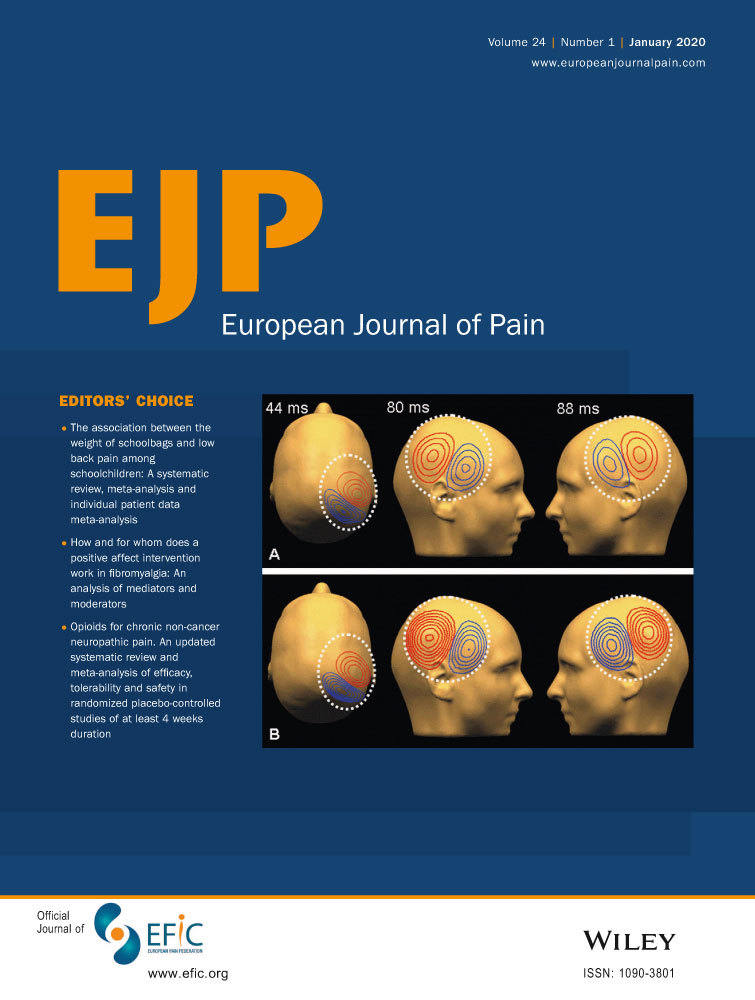Premorbid and concurrent predictors of TMD onset and persistence
Funding information
This research was supported by the National Institutes of Health grant U01DE017018.
Abstract
Background
Multiple risk factors predict temporomandibular disorders (TMD) onset, but temporal changes in risk factors and their contribution to risk of TMD have not been evaluated. The study aims were to (a) describe changes occurring in premorbid TMD risk factors when re-measured at TMD onset and 6 months later, and (b) determine if measures of change improve accuracy in predicting TMD incidence compared to premorbid measures alone.
Methods
In this observational prospective cohort study at four university research clinics, 3,258 community-based, 18- to 44-year-olds without TMD were enrolled. During the 3-year median follow-up, 260 incident cases of first-onset TMD were identified, and 196 TMD-free subjects were selected as matched controls. Six-months later, 147 of 260 incident cases (56.6%) were re-examined revealing 72 (49%) with ‘persistent TMD’ and 75 (51%) whose condition had resolved (‘transient TMD’). Virtually all (126) of the 127 re-examined controls remained without TMD. Questionnaires and clinical measurements evaluated risk factors from clinical, health, psychological and behavioural and neurosensory domains.
Results
Most risk factors across all four domains increased with TMD onset, remained elevated in the persistent group and declined in the transient group (i.e., significant ANOVA interactions, p < .05). Accuracy in predicting first-onset TMD, quantified as area under the receiver operating characteristic curve was 0.71 (95% CL 0.68, 0.73) using only premorbid measures of risk factors, which increased to 0.91 (95% CL 0.89, 0.94) after addition of change measures.
Conclusions
TMD pain onset and persistence appear to be determined by enduring characteristics of the person as well as mutually interactive with temporally evolving variables.
Significance
TMD is known to be a complex disorder, in which onset and persistence are associated with disease-related variables in multiple domains, including environmental exposure, clinical, psychological, health status, and pain processing variables. Using a more dynamic approach in order to capture change across time, many aspects of those domains were found to worsen prior to the reporting of pain, with bidirectional influences between domains and pain emergence likely. TMD onset appears to represent the cumulative effect of multiple system dysregulation.
CONFLICT OF INTEREST
William Maixner and Luda Diatchenko are equity shareholders and consultants to Proove Biosciences, INC, a company that is involved in developing methods for improving the diagnosis and treatment of chronic pain conditions. William Maixner is also on the Board of Directors and a consultant to Orthogen GmB, which markets a biologic for the treatment of musculoskeletal disorders. The remaining authors declare no potential conflicts of interest.




